@isaque_criscuolo
What Is a Counterbrief?
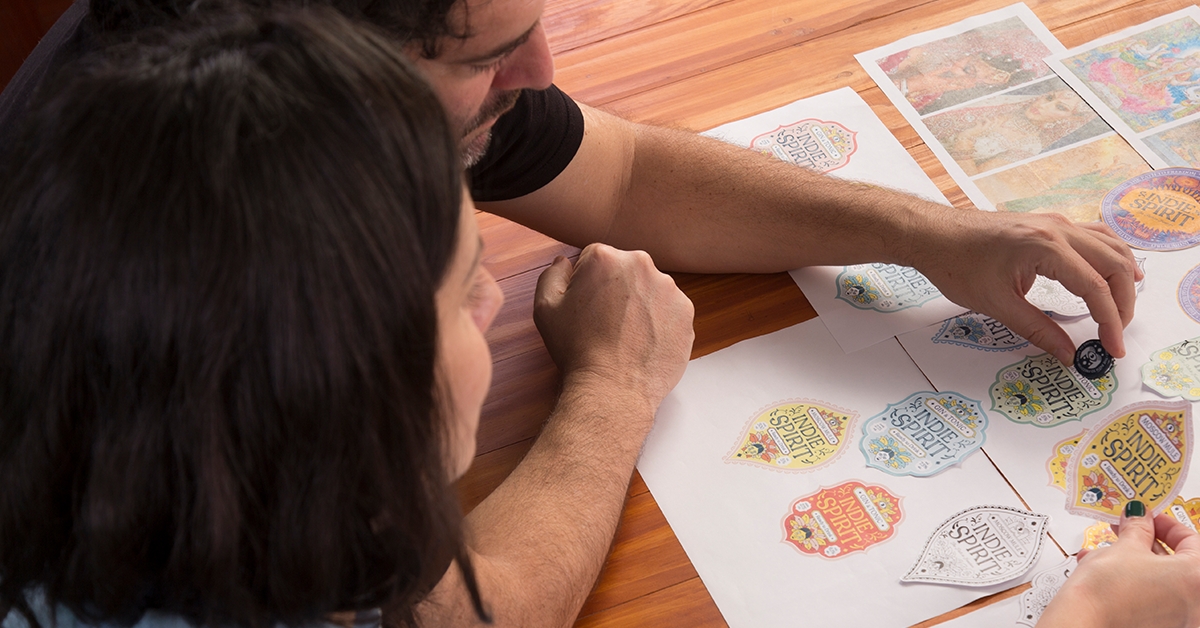
Andrea Galvez and Martín Bedoya, from FIBRA branding studio, show us the methodology they use to create an efficient counterbrief
To understand the role of the counterbrief in a branding project, it is important to first remember the concept of the brief: a document or process with essential information and instructions on how to create a brand. From this document, the design process is born.
The brief usually comes from the client, the counterbrief is the designers' answer to everything requested and, according to Andrea Galvez and Martín Bedoya from FIBRA branding studio (@fibra_branding), it is the most crucial step in their work process.
It is through the counterbrief–the first delivery made to the client–that the project script and the refinement of the initial ideas are defined.

To begin, the three main objectives of a counterbrief are:
1. Establish trust with the client.
2. Define a work plan.
3. Facilitate the subsequent work.
To achieve these objectives, dialog is fundamental. During the briefing, which must be held in person, you must gather all the information and details necessary for the project to begin. From this data, you analyze the essentials, showing the client that you have truly understood what they want. Once they know that you have understood what they want, everything will flow better.
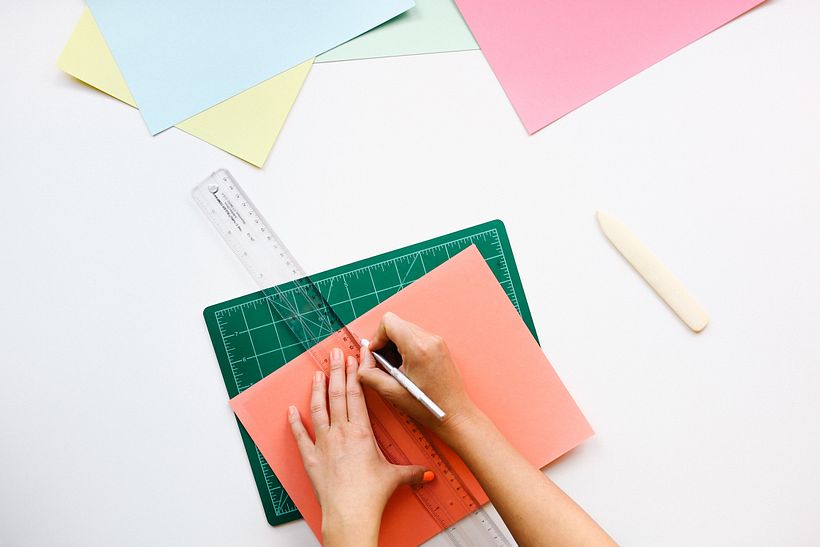
To create a work methodology, you will have to apply all your analysis and synthesis skills to understand what the client is requesting (according to the information collected) and then define what your design process will be like. This whole initial process will make the next steps more assertive, efficient, and fluid.
As Abraham Lincoln once said: "Give me six hours to cut a tree, and I will spend the first four hours sharpening the axe."

How to prepare a counterbrief?
After collecting the information and doing the analysis, it's time to prepare the counterbrief. FIBRA suggests using the following structure, which will be repeated in all projects:
Hard data
Collect data on competing products, the market, the target audience, and competing brands. This research will help define the client's concepts, so try to be as detailed as possible and not discard any information that may be useful later.

Strategy
Be brief and write only the essence of the ideas, dividing between:
Purpose: the main values of the brand.
Differentiation: what makes the brand stand out from the competition.
Desired perception: how the target audience should perceive the brand.
Vision or dream of the brand: what the brand wants or should build.
Identity
Again, be brief and write only what’s essential. Your client needs to understand the concepts quickly.
Values: the values defended by the brand.
Characteristics and personality: brand attributes and behavior.
Essence: the main concept of the brand, which it will transmit to its target audience.
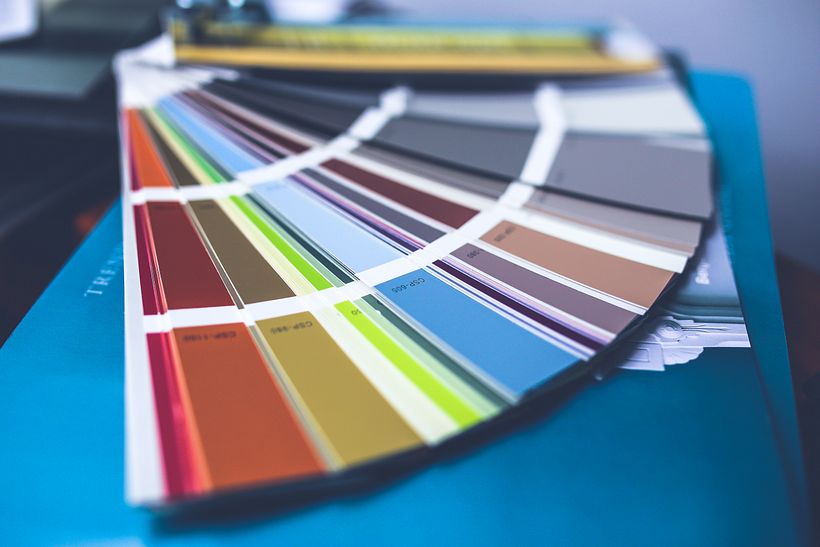
Keywords
Synthesize in keywords the essence and characteristics that define the brand. This step serves to reinforce the main concepts. Remember that this is a starting point and not a final version of the project, so everything will continue to be refined and undergo changes.
Problems to be solved
Define the hurdles that the brand is facing, and the problems that will be solved for the target audience through the product or service that it’s offering. By defining the obstacles, you will see more clearly which attributes of the brand are more memorable and start thinking about how your design can reinforce them.
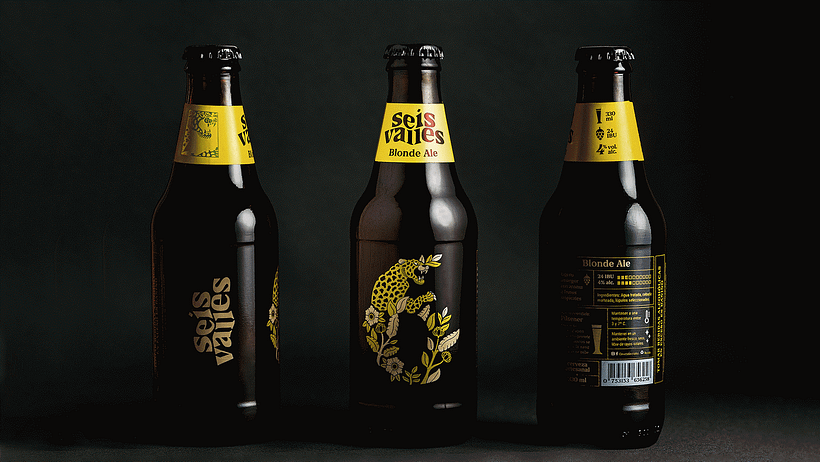
Following this structure, you can build a straightforward and efficient counterbrief that, in addition to a good presentation, will give you the confidence to assume the development of any project.
Did you like these tips? Learn how to create a powerful visual identity for your brand and your products with the FIBRA branding studio in the Domestika course, Brand Design and Packaging.
English version by @angeljimenez.
You may also like:
- 7 Masters of Graphic Design Share Their Industry-insider Secrets.
- 5 Creative Ideas For Promoting Your Work.
- 6 Books to Inspire Graphic Designers.


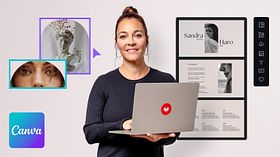


0 comments